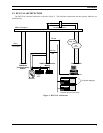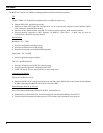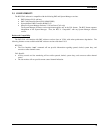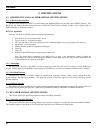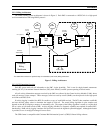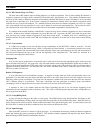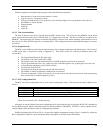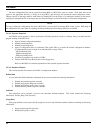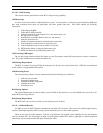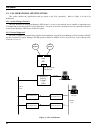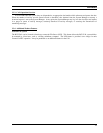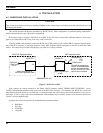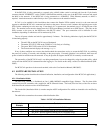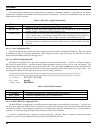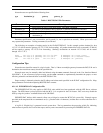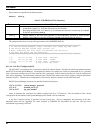
LBI-38965
15
3.2.3.10. Call Processing
This section contains specifications on the BCU's call processing capability.
CDR Processing
A record of each conversation is maintained by the system. A conversation is a collection of calls detailed by RARs that
have been correlated based upon call participants and caller pseudo hang time. Each CDR contains the following
information:
1. Caller billing ID (BID)
2. Callee BID or GID (group ID)
3. Call type (individual, group, Digital Voice, data, interconnect, etc.)
4. Bill flag (caller or callee)
5. Identification of each RF channel (node, site, and channel)
6. Start time of the first call
7. Number of channel assignments included in the conversation
8. Total elapsed time from start time to end of final call
9. Total accumulated node air time to within ±0.5 seconds
10. PSTN number dialed on outgoing interconnect calls
11. PSTN line number on incoming interconnect calls
Call Processing CDR Output
The call processing software redirects file output to a new file when the current file being written to exceeds a maximum
size. The system administrator can set this maximum size.
CDR Storage Requirements
The BCU is capable of storing all CDRs from the previous 30 days on its internal hard drive. CDR files are maintained
on the system for a programmable time period.
CDR Processing Errors
The call processing software recovers automatically from the following error conditions:
1. Link time-out exceeded
2. Unmatched channel drops
3. Unmatched channel assignments
4. CAM hardware reset
5. WANServer reset
RAR Storage Options
The system administrator can choose either to store all RARs to the hard drive or to discard RARs after use by the CAL
and/or BCU processing software.
RAR Storage Requirements
The BCU/CAL can store all raw activity records for the previous 24 hours.
3.2.3.11. Call Detail Records
A CDR is a series of ASCII characters terminated by a newline (NL) character. The records are variable length, but they
contain a fixed length segment, which is always present, followed by zero or more suffix segments.
There are two types of suffix segments. The first is an additional site segment, which identifies the sites and channels
used in a multisite call. The second type of suffix is a PSTN phone number field, which is appended to a mobile-originated
interconnect call record and contains the digits dialed by the caller.



